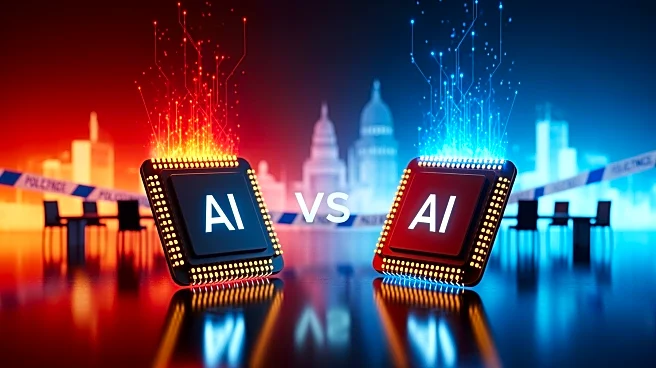What's Happening?
A new study explores the optimization of a hybrid process combining electrolysis, ultrasound, and persulfate for the remediation of petroleum-contaminated soils. The research involved 25 experimental runs
to assess the impact of variables such as pH, moisture content, voltage, and sonication power on pollutant removal efficiency. The study utilized AI models to optimize the process, revealing strong correlations between certain variables and removal efficiency. The findings suggest that this hybrid approach could significantly enhance the degradation of petroleum hydrocarbons in contaminated soils.
Why It's Important?
The development of this hybrid process is significant as it offers a potentially more effective method for soil remediation, particularly in dealing with petroleum hydrocarbons, which are challenging to degrade. By integrating electrolysis and ultrasound, the process can enhance the breakdown of contaminants, offering a more efficient and sustainable solution compared to traditional methods. This advancement could have substantial implications for industries involved in soil remediation, reducing environmental impact and improving the effectiveness of cleanup efforts.
What's Next?
The next steps involve further refinement of the hybrid process to maximize its efficiency and applicability across different types of soil contamination. Researchers will likely focus on scaling up the process for industrial applications, addressing challenges related to cost and energy consumption. The integration of AI models in optimizing the process parameters could lead to more precise and effective remediation strategies. Additionally, collaboration with industry stakeholders could facilitate the adoption of this technology in real-world scenarios.
Beyond the Headlines
The successful implementation of this hybrid process could lead to broader changes in how soil remediation is approached, potentially influencing regulatory standards and encouraging the adoption of more sustainable practices. The use of AI in optimizing environmental technologies highlights the growing intersection of technology and environmental science, paving the way for more innovative solutions to complex environmental challenges.













